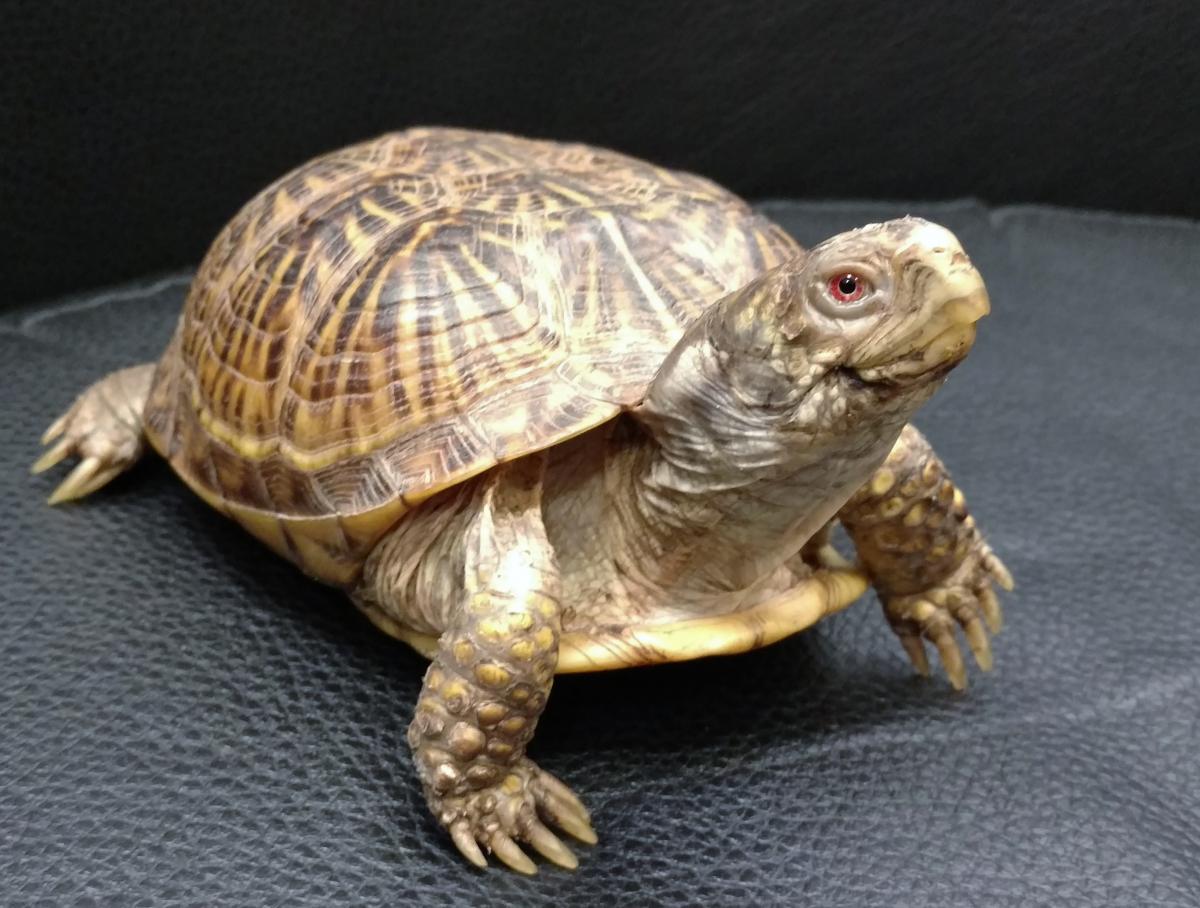DIET SUPPLEMENTS FOR REPTILES



The Red-footed tortoise (Chelonoidis carbonaria) has gained popularity as a pet due to their bright colors, small to medium size, and sociable personalities. These tortoises have unique care requirements that distinguish them from other commonly owned tortoise species. With proper care they can live 30 to 50 years in captivity. 
It's essential to respect the legal protection of Mojave and Sonoran desert tortoises throughout Arizona. Since 1988, Arizona State law strictly prohibits any form of harassment, harm, pursuit, hunting, shooting, wounding, killing, trapping, capturing, or collecting of these animals. Understanding the current regulations is crucial, and you can find them online at www.azgfd.com or by contacting a local Arizona Game and Fish Department office.
Native plants of the Sonoran Desert are perfectly adapted to our climate and offer superior nutrition for the captive desert tortoise. For more information click here.
The leopard tortoise (Geochelone pardalis) is found in central and southern Africa. Leopard tortoises have very distinct individual personalities. Some may be shy and retiring while others are outgoing and friendly. They live for decades and seemingly become quite bonded with their owners. Most will outlive their owners if given the right care. 
 Box turtles belong to the genus Terrapene. These turtles are personable, hardy, and can live over 50 years. These turtles have a hinged shell, which they use as a defense mechanism to close up tightly when they feel threatened. If you choose to keep a box turtle as a pet, choose captive-bred individuals rather than encouraging continued collection by buying wild caught. Due to habitat destruction and over collection for the pet trade, some box turtle species may be protected in your particular area. Check your local and state laws regarding box turtles to ensure you can keep a particular species in your area.
Box turtles belong to the genus Terrapene. These turtles are personable, hardy, and can live over 50 years. These turtles have a hinged shell, which they use as a defense mechanism to close up tightly when they feel threatened. If you choose to keep a box turtle as a pet, choose captive-bred individuals rather than encouraging continued collection by buying wild caught. Due to habitat destruction and over collection for the pet trade, some box turtle species may be protected in your particular area. Check your local and state laws regarding box turtles to ensure you can keep a particular species in your area.
Nutritional Secondary Hyperparathyroidism (NSHP), commonly referred to as “Metabolic Bone Disease”, is a common and serious health problem in pet reptiles. This disease causes the bones to become soft and brittle, easily bending and breaking. These fractures are referred to as pathologic fractures or fractures that occur during normal activity due to disease of the bone, not because of excessive trauma. In many cases, reptiles may have multiple fractures all over their body. Young growing reptiles may also develop swelling of the jaw and limbs, called fibrous osteodystrophy or “rubber jaw syndrome”. In severe cases, where the calcium in their body becomes dangerously low, reptiles develop muscle tremors, paralysis, and can lead to death.

